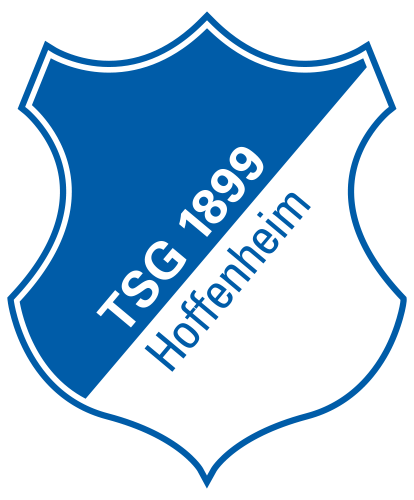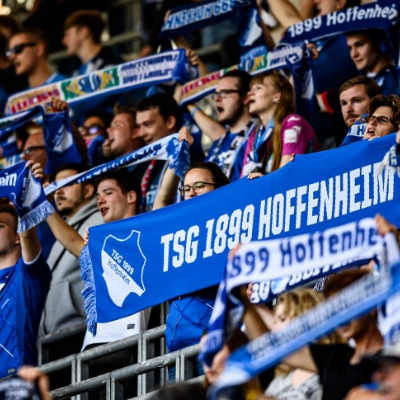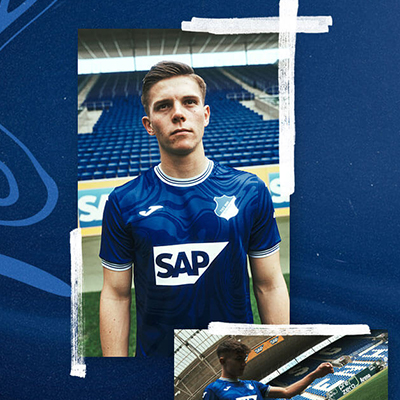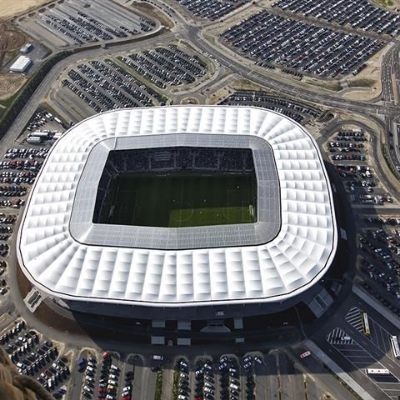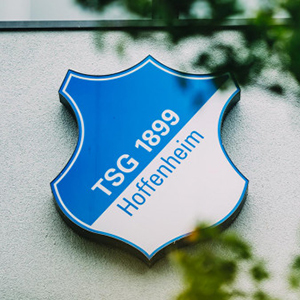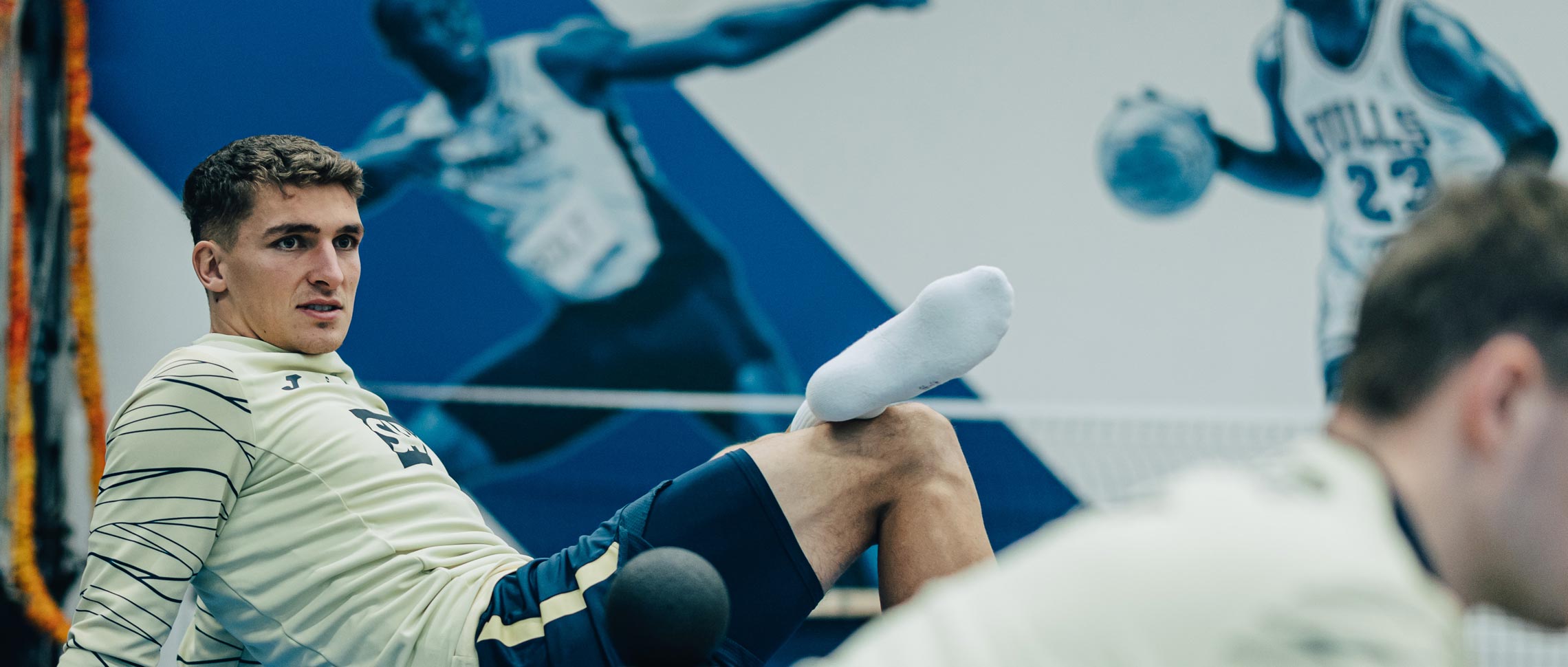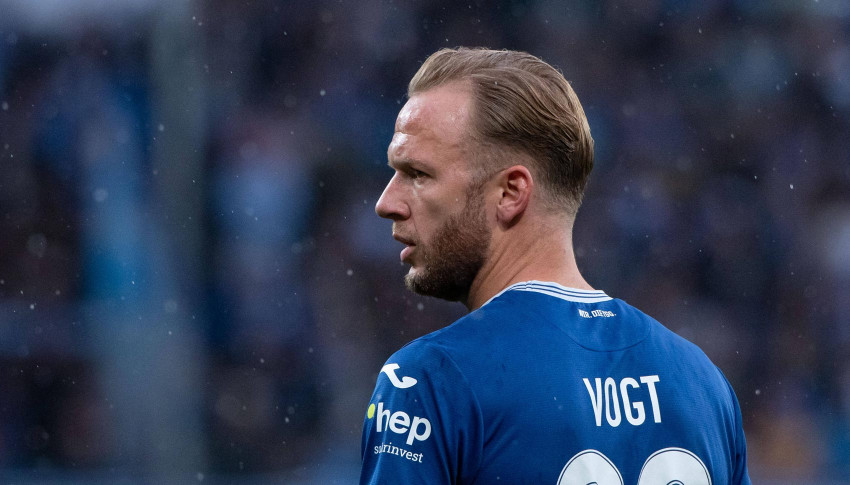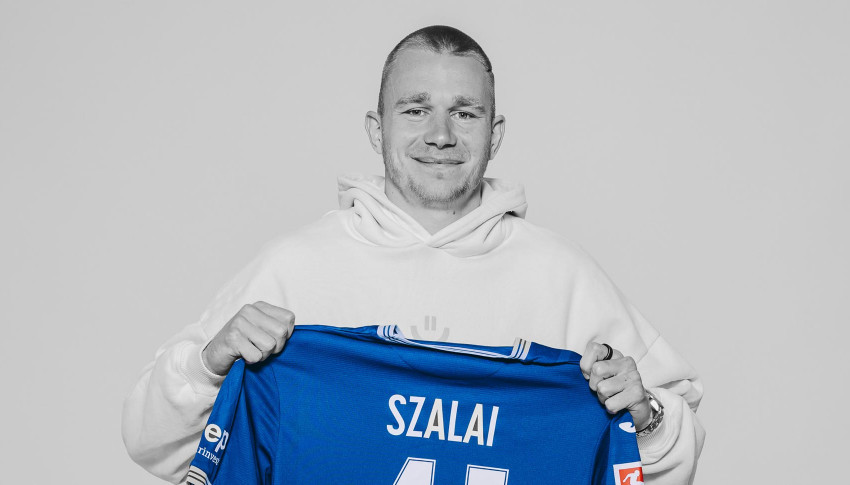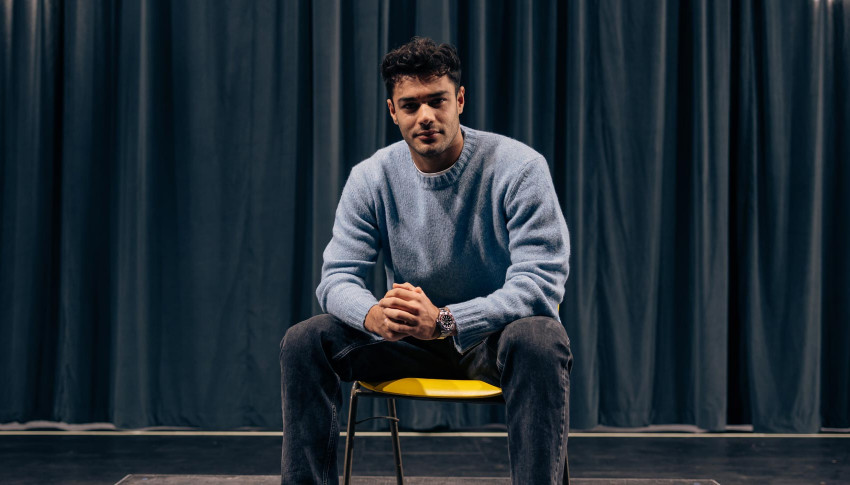The long road to recovery
The injury
One wrong move, one unfortunate challenge and within a fraction of a second, a footballer's world can be turned on its head. A serious injury can have any number of causes. In the case of Grischa Prömel, it happened in a challenge for the ball, in which his teammate Christoph Baumgartner accidentally hit him on the ankle. A series of unfortunate events with serious consequences, which Prömel was immediately conscious of: "I felt it and then I saw that there was something seriously wrong." Team doctor Dr. Ralph Kern and physiotherapist Julian Binder, who had immediately rushed on to the field, quickly realised the ankle joint was severely damaged. "For us, on the pitch, the first task is usually only a matter of deciding whether the player can continue or not. In Grischa's case, however, my colleague didn't need to ask that at all, as the severity of the injury was so clear," said Dr. Thomas Frölich, Dr. Kern's partner on the TSG medical team. The injured joint was put into a splint while Prömel was still on the pitch, he was lifted onto a stretcher and transported directly from the stadium to the ambulance by the Red Cross emergency medical staff. It is not uncommon, in the event of serious injuries, for players to be taken directly to Heidelberg University Hospital. There, an X-ray or MRI is used to determine the extent of the injury. For Prömel, it was bad news: his ankle was broken. If there is no medical emergency, TSG works with the ETHIANUM Clinic in Heidelberg for diagnostics.
The operation
Until a specific diagnosis is made, most injuries are treated similarly. As soon as it is clear what exact injury has been sustained, a decision is made on a possible operation. In the case of Grischa Prömel, however, there was little time for major considerations: "I had surgery on the evening of the incident. It had to be done immediately." Immediate surgery was inevitable for the 28-year-old TSG midfielder. In other cases, surgery is only performed after a few days, as they often have to wait for the swelling to go down. However, it is also clear: "If we wait too long for the operation, the player can be out for significantly longer," says Dr. Frölich. Some injuries are treated conservatively if surgery can be avoided.
The first few days after the operation
After the operation, the focus immediately shifts to the future. "If everything has gone smoothly, a plan for the entire rehabilitation period will be drawn up with the doctors," says injury prevention expert Christian Neitzert. "We have to observe how the body reacts, and then tweak the plan in some places."
At first, however, the rule is clear: no stress. For Prömel, this meant that the entire leg had to be immobilised. Because the body needs time to heal. "I was not allowed to do anything for the first few days, then I could only increase the load slowly," said Prömel, who went through a long period of suffering: "I was on crutches for eight weeks." The muscles in the injured leg, which are used to working hard, day in, day out, get significantly weaker during the time the player spends off his feet, and it takes a great deal of time and effort to rebuild them later.
Rehabilitation training on land and in the water
In the first few weeks of rehabilitation, he often has to swap his football shorts for swimming trunks. "In the water, the force exerted on the joints is significantly lower," says Neitzert, who gave Prömel specific exercises to perform in the pool. As a result, the muscles are built up gently, and the strength in the injured area gradually returns. Grisha spent hours on the stationary bicycle, with his ankle was fixed in place to keep the strain on the injured area low.
Prömel also completed his first sessions in the weights room. The rehabilitation team used various tools, which not only helped to build strength and stability, but also provided variety in the lengthy process towards regaining his strength. Some exercises even involved the ball. For Prömel, this was a personal turning point and an important step on the road to recovery: "As soon as the ball is back in play, it's fun again." Rehab takes its toll on a player not only physically, but also poses constant mental challenges, as Prömel admits: "I work and train twice as much the fit players. I'll be happy when this period is over."
Depending on the severity of the injury, the injured player can then begin running training. TSG have a special treadmill for this purpose, which reduces the weight and thus the strain on the joints. In the futuristic-sounding device, called "Alter-G", the patient is placed in a compressed air chamber that reduces gravity – aerospace technology to prepare for the comeback on the pitch. The physios are also heavily involved during the entire rehabilitation period. Prömel is still regularly on the massage table, but it's not about wellness: "My day in rehabilitation starts at 8 am and ends at 6 pm – it's a really packed schedule."
The first steps on the pitch
"An entire team work to get the player back onto the pitch, and he has to get involved properly," says Dr. Frölich. In addition to the doctors, this team includes the coaching staff, the physiotherapists and, of course, the injured player himself. The team decide as a collective when the next steps of the rehabilitation will start. After the first weeks of hard physical work, the goal of the comeback is within sight. As soon as the joints and muscles have been stabilised, the running sessions on grass can start. "When you are back out on the pitch, you can see the end of the road and look forward to playing again soon," says Prömel. Despite the running sessions, he still has to put in the work in the weights room, and the intensity increases continuously as the stability of the joint returns.
Training with the team
The return to team training is divided into several steps. First, the player joins his teammates for the warm-up. "You then have to feel it out, little by little, and see what works and how quickly," says Prömel. Being back in the locker room with your teammates and running together releases more endorphins than you might think: "I missed the lads. And you can feel that your rehab is coming to an end, that you are getting closer to the team with every passing day. That is the first reward of the exhausting rehabilitation process."
If this phase runs without complications, the next step is exercises without physical contact. "At first, you are integrated into exercises to play passes, or as an excess player in overload games so that you do not have a direct opponent." If the body's reaction is positive again, Prömel will likely be able to start carefully entering into gentle duels, and will be one step closer to completing a full training session.
The comeback
As soon as the doctors give the player the all-clear, he will be eligible for selection again. The basis for this is the so-called "return-to-play" test, in which the player has to satisfy both physical and mental criteria. "It is important that the player absolutely trusts his previously injured body part and is not afraid of playing again," says Dr. Frölich. "He gets the confidence from the training and the training games, which are a good indicator of where he is at." In addition, the doctors have athletic performance values for all players, which are recorded before the season. The returning player must reach that level before he is eligible for competitive matches again. In addition, the injured leg must not be more than ten percent weaker than the uninjured counterpart. In the end, the decision is based not only on how the player is feeling, but the data also plays an important role. Prömel can hardly wait to be given the all-clear, and for him, that motivation is invaluable: "I am very much looking forward to the day when I can play with the lads again," says the midfielder, whose big moment is hopefully not too far away. Because then he will finally know that all the hard work he has put in over the last few months has been worth it.


